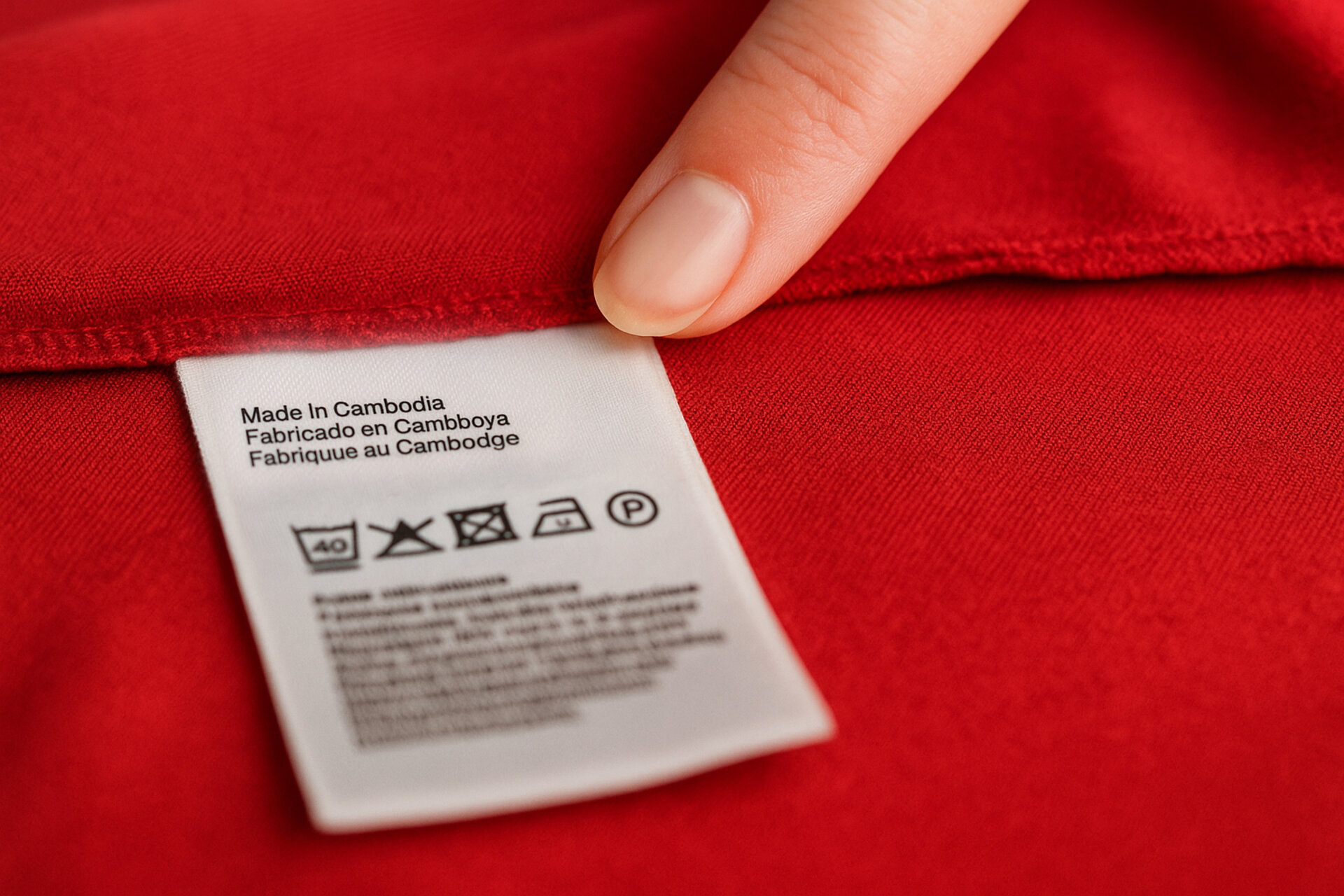For decades, “Made in Cambodia” sat quietly on the back of product labels — rarely seen as a selling point, often invisible to the consumer. It was a manufacturing fact, not a marketing asset.
But something is changing.
Across fashion, food, skincare, and lifestyle brands, a new generation is turning local origin into a source of credibility, cultural pride, and consumer trust.
“Made in Cambodia” is no longer an afterthought.
It’s becoming a story — and increasingly, a signal.

What’s Driving This Shift?
1. A Generational Identity Movement
Younger Cambodians — especially Gen Z and urban Millennials — are embracing a more confident sense of national identity. They’re not rejecting global influence, but they’re no longer chasing it either.
They want products that say: “This is mine.”
Not “this is imported.”
- The Rise of Local Creative Economy
From streetwear labels to craft cafés to beauty startups, Cambodia is witnessing a creative boom. These brands aren’t just using Khmer fonts or local names — they’re designing from a place of emotional authorship, not imitation.
Locals aren’t nostalgic anymore. It’s contemporary.
- Consumer Desire for Transparency and Traceability
Across Southeast Asia, buyers are asking:
- “Where is this made?”
- “Who made it?”
- “Is it ethically produced?”
“Made in Cambodia” provides not just local pride — but a sense of proximity and visibility. That matters in a world where “authentic” increasingly means “I know where this came from.”
“Made in Cambodia” Works When It’s More Than a Label
Simply printing origin on a tag isn’t enough. Consumers respond to:
- Craftsmanship: Emphasis on detail, technique, and quality
- Cultural fluency: Designs and messaging that reflect Cambodian sensibility — not just slogans
- Founder stories: Real, relatable people behind the brand
- Community value: Supporting local artisans, sourcing ethically, giving back
It’s not about nationalism. It’s about shared value.
What Brands Should Consider
1. Don’t Treat Origin as a Gimmick
Your Cambodian story must be earned. It needs depth — whether through sourcing, design, people, or process. Surface-level “Khmer” won’t build long-term love.
2. Build a Design System That Honors Local Visual Culture
Typography, iconography, materials, and storytelling structure all shape how “local” is felt. Reference without romanticizing. Modernize without erasing.
3. Speak with Confidence, Not Apology
Positioning your brand as proudly Cambodian doesn’t mean being provincial. Done well, it communicates a contemporary edge and rooted excellence.
What This Means for Global Brands, Too
Even international brands in Cambodia must recognize:
“Local pride” is not a niche feeling. It’s a mainstream preference.
The old playbook of “global = premium” is being rewritten. Cambodian consumers — especially the young, the stylish, and the value-conscious — are just as likely to ask, “Is this from here?” as they say, “Is this imported?”





